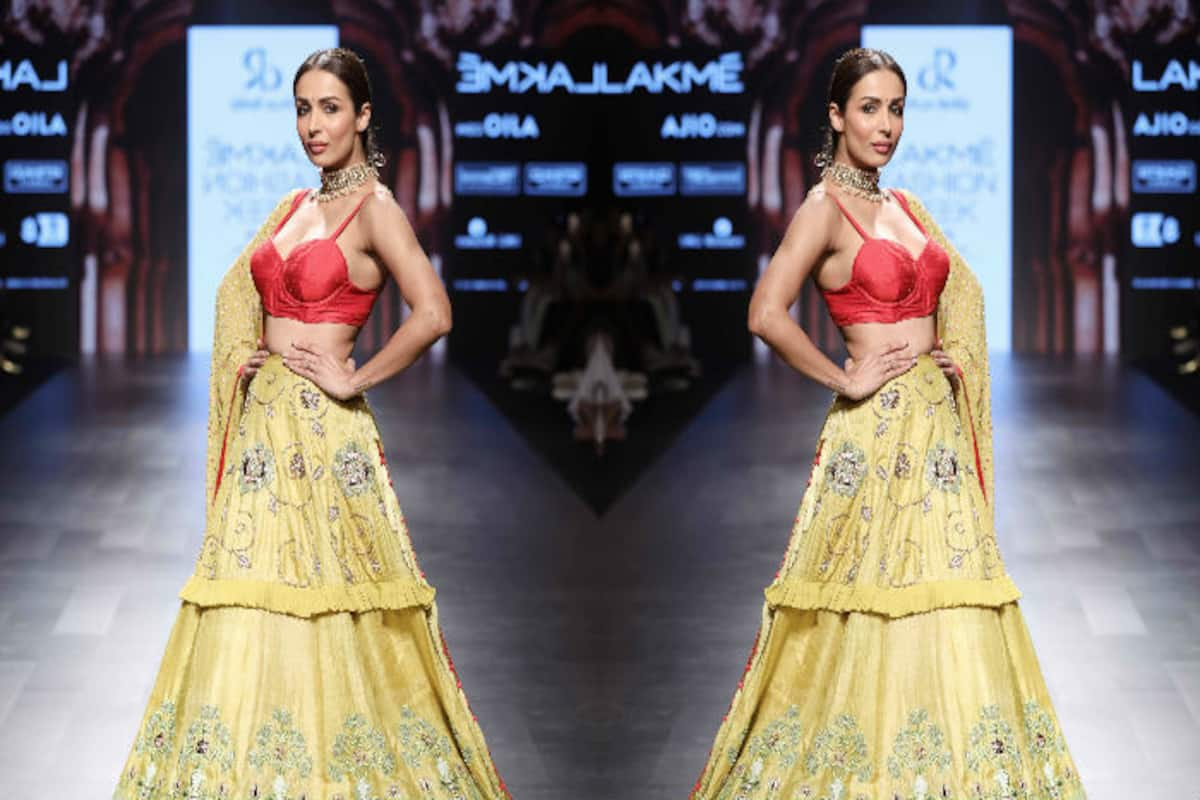India, a country known for its vibrant colors, rich heritage, and diverse cultures, has a clothing tradition that is just as varied and fascinating. Indian clothing is an expression of the country's history, artistry, and regional differences. In this guide, we'll delve into the rich diversity of Indian clothing, explore traditional and modern styles, and help you appreciate the beauty and intricacy of these garments.

A Brief History of Indian Clothing
Indian clothing has evolved over thousands of years, influenced by various factors such as climate, geography, local culture, and foreign invasions. Early Indian garments were simple, unstructured pieces of cloth draped around the body, like the dhoti or saree. With time, influences from neighboring countries and various dynasties introduced new styles, fabrics, and techniques, resulting in the diverse array of clothing we see today.
The Rich Diversity of Indian Clothing
Indian clothing is incredibly diverse, with each region and community having its unique styles and garments. Here are some of the most popular traditional Indian clothing styles:
Sarees: A saree is a long, unstitched piece of cloth, usually around 5 to 9 yards, draped around the body in various styles. It is worn with a blouse and a petticoat. Sarees come in a wide range of fabrics, patterns, and designs, making them suitable for various occasions.
Salwar Kameez: This is a popular outfit comprising a tunic (kameez) and loose trousers (salwar). It is often worn with a dupatta, a long scarf that complements the outfit. Salwar kameez is versatile and can be worn casually or for formal events.
Lehenga Choli: A lehenga is a full-length, flared skirt worn with a fitted blouse (choli) and a dupatta. It is typically worn for weddings and other special occasions.
Kurtas and Kurtis: These are long, loose-fitting shirts that can be paired with trousers, leggings, or jeans. Kurtas and kurtis are popular among both men and women and can be worn for casual or formal events.
Sherwani: A sherwani is a long, buttoned coat worn by men, typically paired with trousers or a dhoti. It is a popular choice for weddings and other special occasions.
Dhoti Kurta: The dhoti is a long piece of cloth wrapped around the waist and legs, worn by men in many parts of India. It is usually paired with a kurta, a loose-fitting shirt.
Pathani Suit: This is a traditional outfit worn by men, consisting of a collarless, long shirt (kurta) and loose trousers (salwar). The Pathani suit is popular in North and Central India and is often worn for festive occasions.
Regional Variations in Indian Clothing
India's diverse regions have their distinct clothing styles, each reflecting the area's unique culture and heritage. For instance, women in Bengal wear sarees in a unique drape called the 'Bengali style,' while women in Maharashtra prefer the 'Nauvari saree,' a nine-yard-long saree draped like a dhoti. Men in Punjab commonly wear the 'Punjabi kurta' and 'patiala salwar,' while those in the South prefer the 'veshti' or 'mundu,' a type of dhoti.
Traditional Textiles and Embroidery Techniques
Indian clothing is known for its exquisite textiles and embroidery techniques, with each region having its specialties. Some popular techniques include:
- Banarasi: Banarasi sarees are woven in Varanasi, known for their intricate gold and silver zari work.
- Kanjeevaram: These sarees are made in Kanchipuram, featuring bold colors and temple-inspired designs.
- Bandhani: A tie-dye technique used in Gujarat and Rajasthan, creating intricate patterns on fabric.
- Phulkari: A vibrant embroidery technique from Punjab, using brightly colored threads to create floral patterns.
- Chikankari: A delicate embroidery technique from Lucknow, known for its intricate and detailed patterns.
Indian Clothing for Special Occasions
Indian clothing is often elaborate and ornate, especially when worn for special occasions like weddings, festivals, and religious ceremonies. Outfits like lehenga cholis, sarees, and sherwanis are adorned with intricate embroidery, sequins, beads, and precious stones to create a stunning and opulent look.
Influence of Indian Clothing on Global Fashion
Indian clothing has made a significant impact on global fashion, with designers incorporating traditional elements into modern designs. From the bohemian style of the 1960s to the contemporary fusion wear, Indian textiles, patterns, and silhouettes continue to inspire fashion designers worldwide.
Indian Clothing in the Modern Era
Today, Indian clothing has evolved to cater to modern sensibilities while retaining traditional charm. Contemporary Indian clothing often features a blend of traditional designs and Western styles, offering a versatile and comfortable wardrobe choice. Fusion wear, like Indo-Western outfits, is popular among the younger generation, combining the best of both worlds.
Where to Shop for Authentic Indian Clothing
To experience the true essence of Indian clothing, consider shopping at local markets, boutiques, or reputable online stores like indian clothing from Nihal Fashions. These sources offer a wide range of authentic, high-quality garments suitable for various occasions.
Tips for Wearing Indian Clothing
- Choose the right fabric and style for the occasion, considering factors like comfort and weather.
- Accessorize with traditional jewelry, footwear, and other accessories to enhance your outfit.
- Learn the proper way to drape or wear each garment, ensuring a comfortable and elegant appearance.
- Experiment with different styles, colors, and patterns to create a unique and personalized look.
- When in doubt, consult with friends, family, or fashion experts for guidance on styling Indian clothing.
Conclusion
Indian clothing is a beautiful expression of the country's diverse culture, rich history, and artistic heritage. Whether you're wearing a traditional saree, a modern fusion outfit, or a glamorous lehenga, you're participating in a centuries-old tradition that continues to evolve and inspire. Embrace the rich diversity of Indian clothing and enjoy the vibrant colors, intricate designs, and unmatched elegance of these unique garments.